"Found while fishing a lake in NW CO. reeled it in"
A: "That is a Nostoc ball. The person who said bubble algae had the right idea, although that term is mostly used to refer to a marine alga, Valonia, which is unrelated. This is a mass of Cyanobacteria (formerly called blue green algae), held together by mucilage. It is mostly harmless, but do not eat."
"Found on a beach in Iceland. It’s very heavy (ca 80kgs) and the inside seems to be made of copper trapped in cast iron."
A: "It’s an anchor from a 1976 10ft Sea-cruiser 350q"
"Found while going through grandparents items. The writing on the yellow cylinder is German, it contains 10 grams of iodized salt."
A: "Sewing accessories. For example, second from the left in the second row from the top is a presser foot. Lower right corner is an aid for sewing buttons and buttonholes."
"Nanaimo, BC, Canada. Beside the Chase River where it meets the ocean."
A: "Just upstream from the Living Forest, the neighbouring property has an industrial history, having been a concrete plant, a pile driving/barge manufacturing plant, and a storage lot for a company that built docking structures. The big wheel was a remnant of a docking structure called a dolphin. If you look at many BC Ferries terminals, you’ll see them. Turned on their side, these wheels are the frame to hold concrete and timbers to help hold ferries in place at dock, to unload. Who knew?"
"Outhouse..But what’s up with the roof?"
A: "Gravity ventilator. It’s allowing air flow without allowing rain to come in."
"Found this in Grandpas box of old things. Might be from Asia because of the 3rd eye? Any ideas?
A: "This was part of a set of premiums for malted milk. Very cool but not very exotic."
"Picked this up from the boot fair. I had originally thought that itmight be a tea strainer of sorts but the receptacle beneath the ‘tea strainer’ bit doesn’t appear to be ideal for emptying as it doesn’t have a lip. The handle is made from wood and the rest seems to be made of brass?"
A: "Tea strainer. While you’re pouring your tea through it you have it rotated so that the base is out to the side – the tea should go straight from the pot, through the strainer bit, and into your cup. The base is there so that once you’re finished you rotate it back under the strainer and it catches any drips"
"On December I took a trip to meet my family in Guerrero, Mexico. My grandmas boyfriend talked about finding these while out for walks in water streams. He has collected them over the years."
A: "They are spindle whorls. These are the weights for hand spinning yarn/thread"
"What is this thing on the side of the house on the back patio? Front of device says Patent 2989267. Google search turned up nothing."
A: "Retractable Clothesline"
"What is this tool I found while cleaning out a closet in my house?
A: "A good old fashioned button hook."
"What is this little garage door on the back of utility trucks?"
A: "To bring cables/fiber inside for splicing. There is a workbench on the other side of that window."
"What is this thing? Originated from Thailand and was “found” in a garden"
A: "You put hot items or plant pots on it. I think it’s called a trivet"
"Found in a miscellaneous kitchen set. Collapsible like a pair of tongs with a bar connecting the ends."
A: "Watermelon knife/slicer"
"A shell found on the beach of Northern California. About 2 -3 inches in length 1-2 inches wide"
A: "This is a chiton shell! Very cool!"
"Found this thing in a small baggie. It bends and has the letters “WB” imprinted on the top. Any ideas??"
A: "It’s the clasp for a cape."
"Bought this at an antique store. Any ideas what statue it’s supposed to be of?"
A: "It is a replica of The Venus Kallipygos."
"Found this 1” cube. The balls inside it are magnets. I think it belongs to a tot or something. What is it?"
A: "It’s a magnetic building block"
"My friend and I found it in the creek, it was full of cement. It has clearly been in there for a while, and we found it in California.
A: "That is a ASTM C31 / C31M Concrete testing cylinder. You fill them with concrete, let it harden overnight in a cure box, then place them in a limewater bath for 7,14,28 days (depending on the test requirements) to do strength testing of poured concrete."
"What is this thing that I thought was a cassette holder. Too big for cassettes and too small for CDs"
A: "VHS cassette holder. And can I just add really WTF, now I feel old"
"Cleaning our a kitchen and found this can anyone identify it, the metal wheels inside spin and the handle is plastic."
A: "Knife sharpener. You hold the handle, probably best against a counter, and draw the knife blade through the groove where the two sets of wheels meet."
"Given to me a few years ago. I think it has something to do with electricity/magnetism, but not sure. Center “propeller” rotates approximately 80 degrees."
A: "It’s an Electroscope."

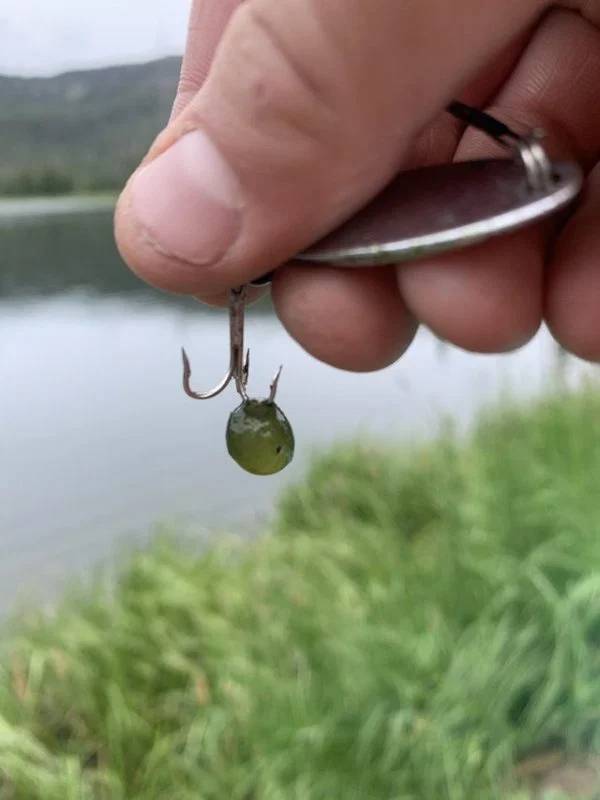
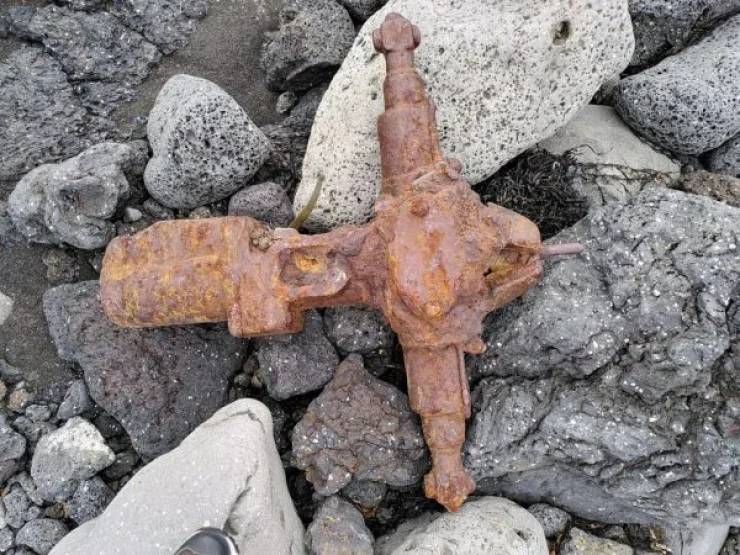
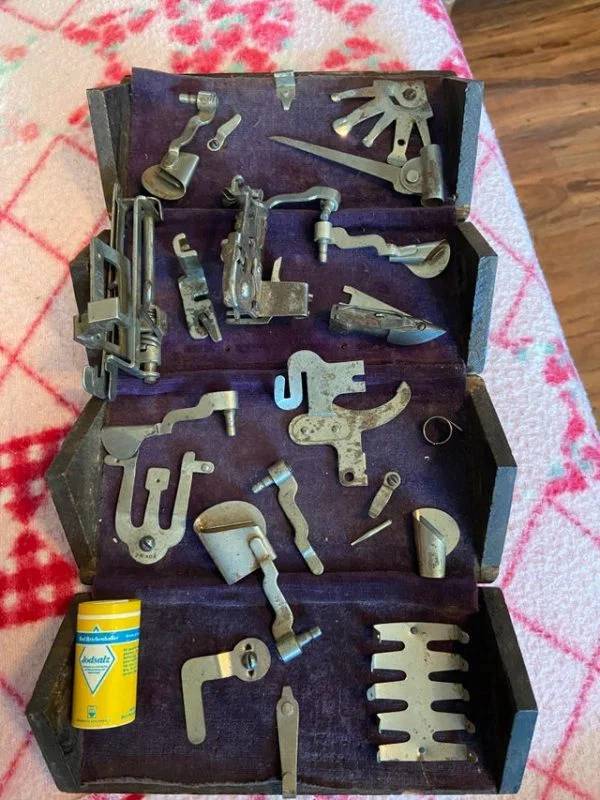
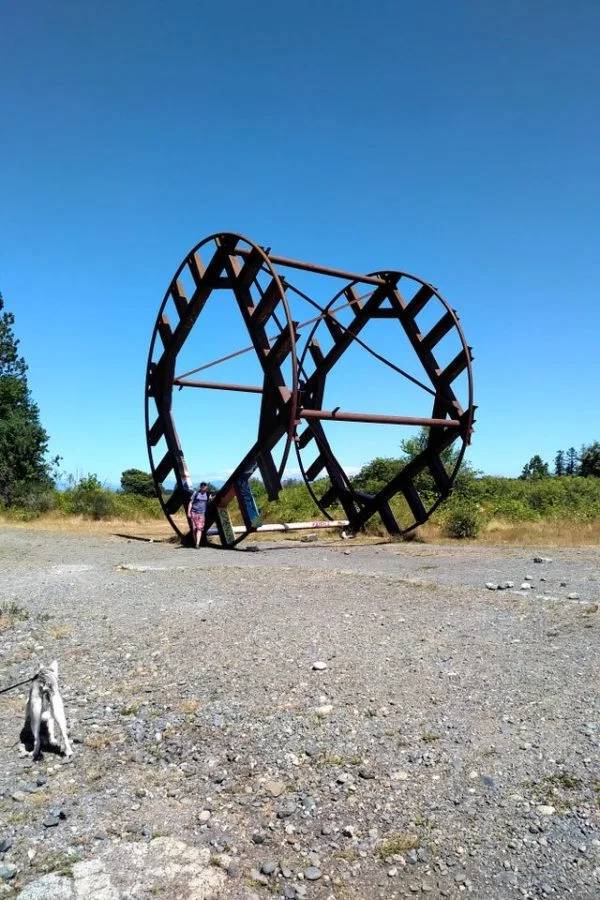
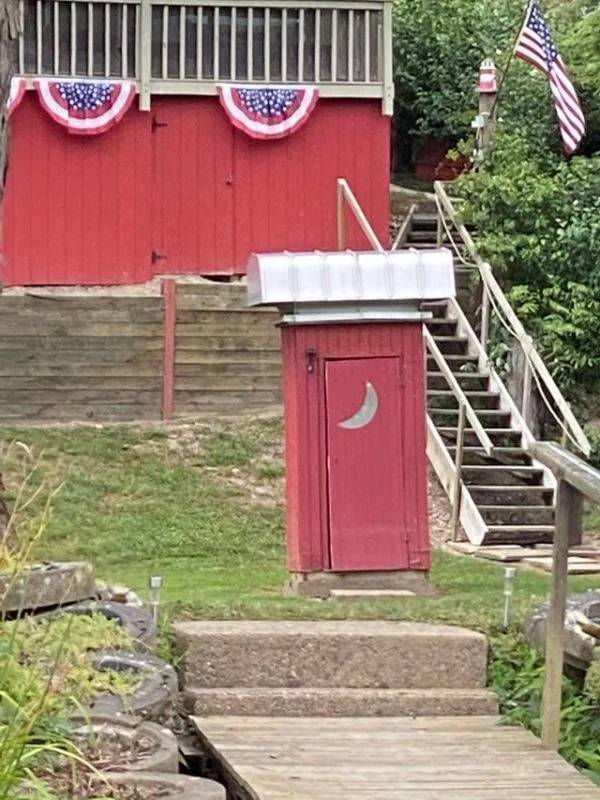

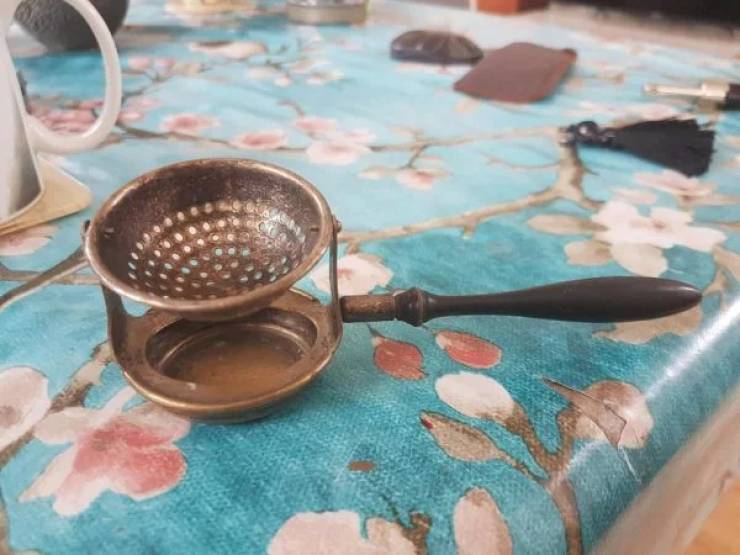

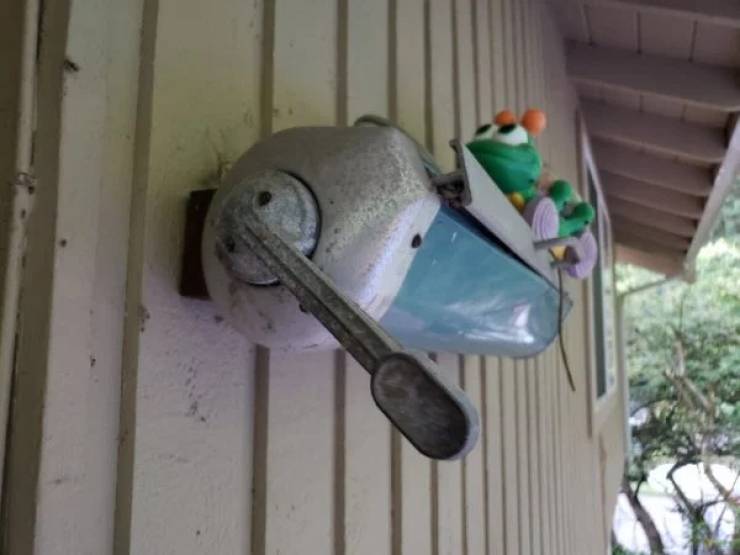

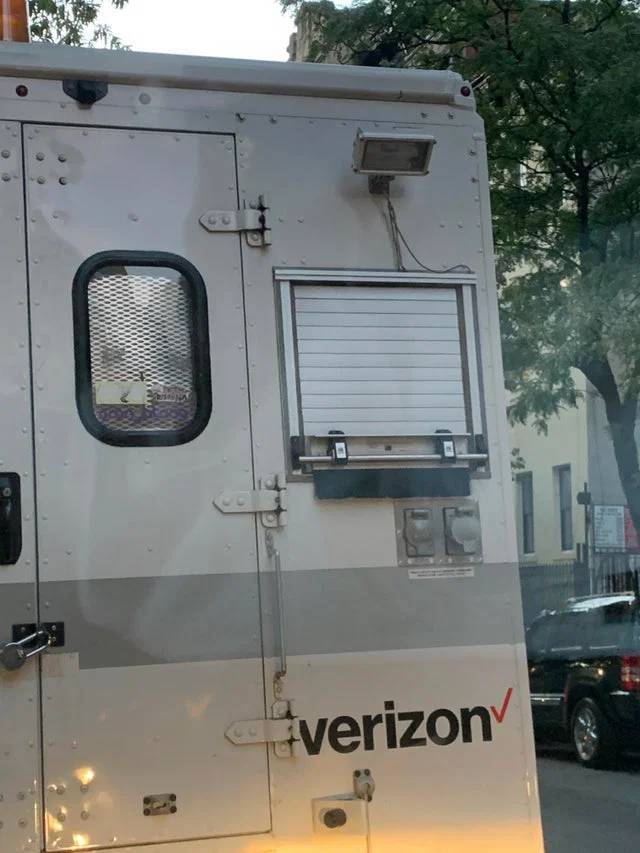
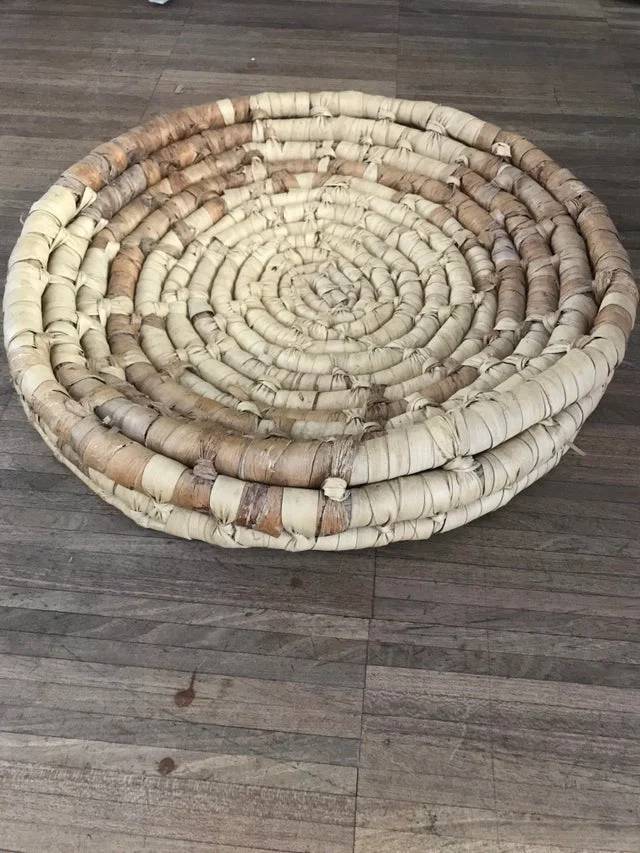
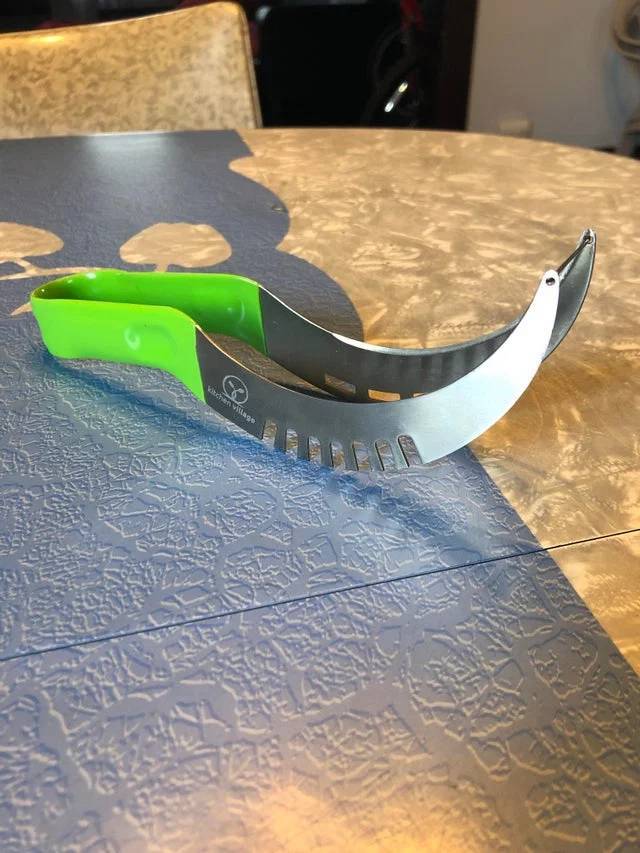
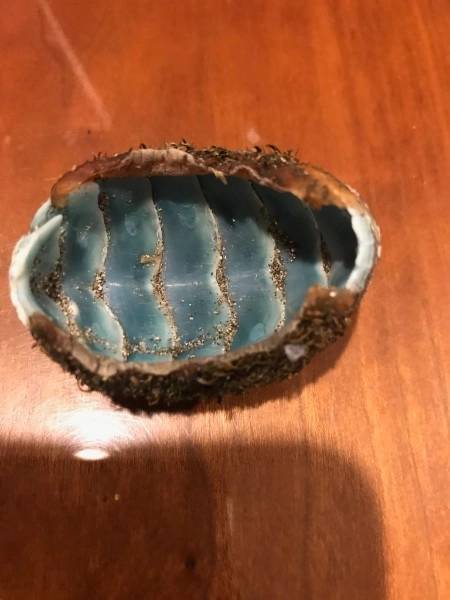
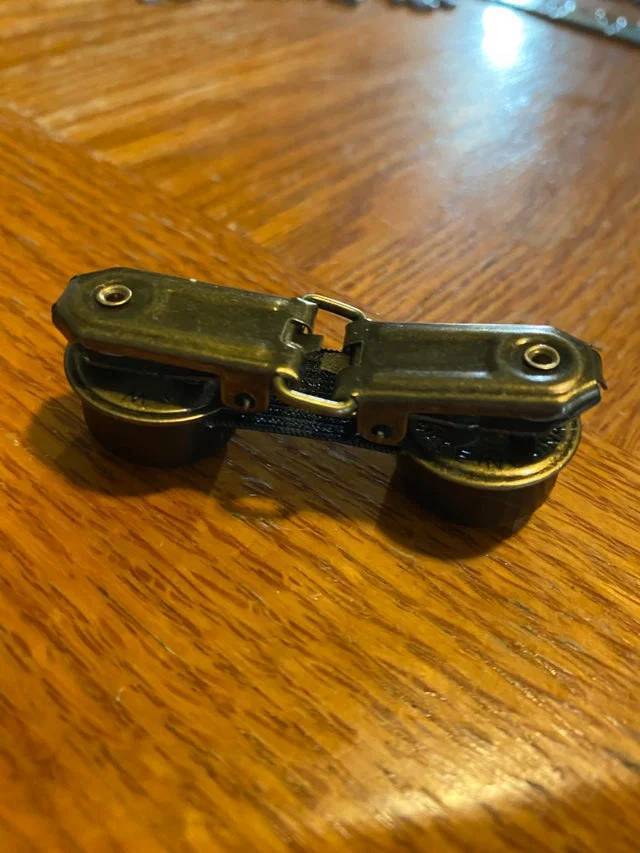
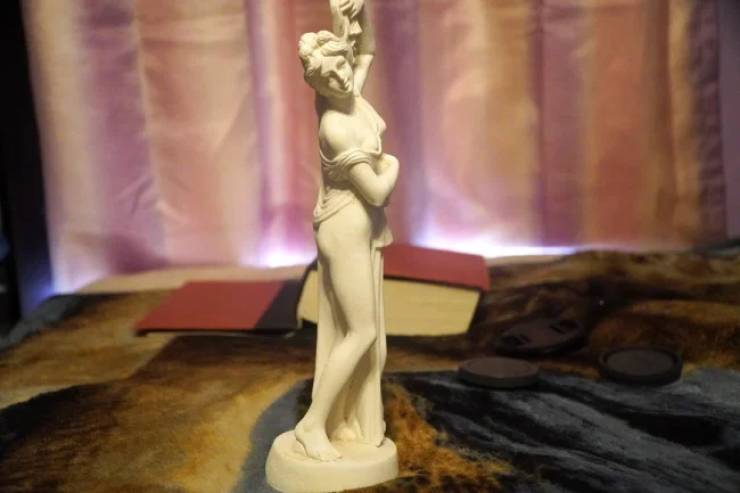
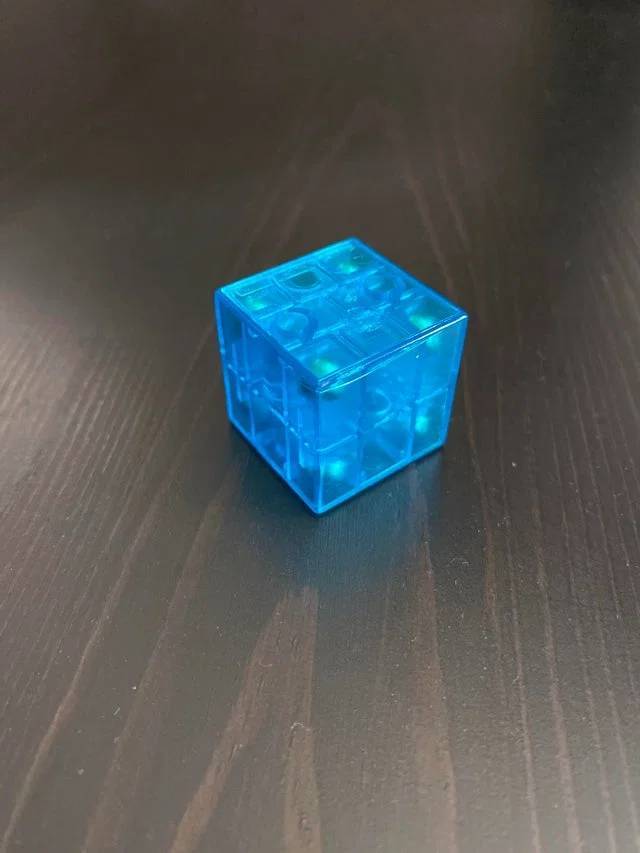
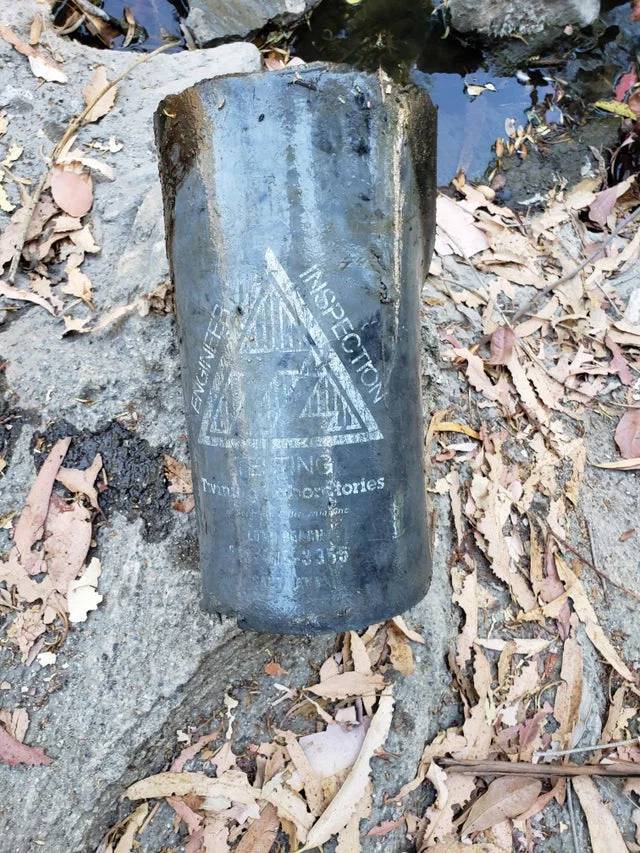

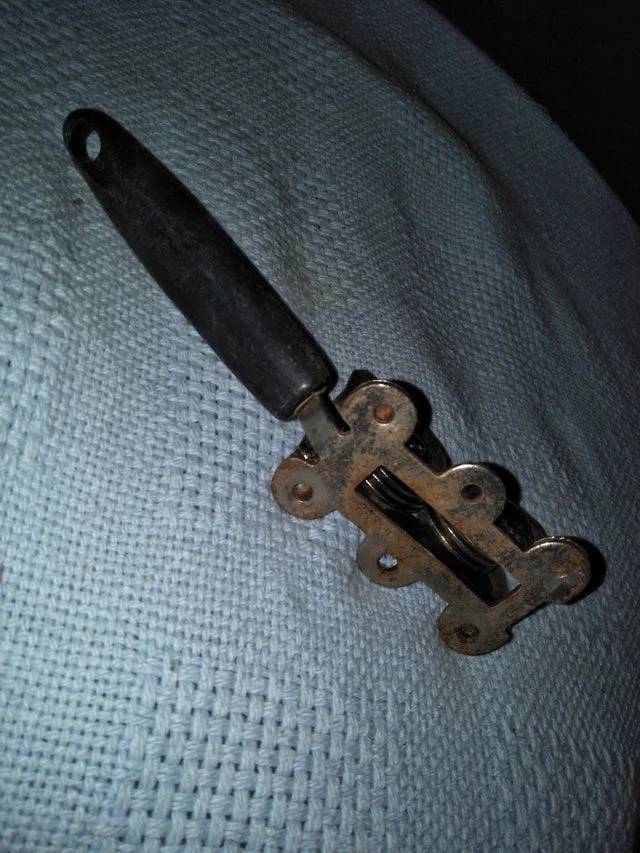
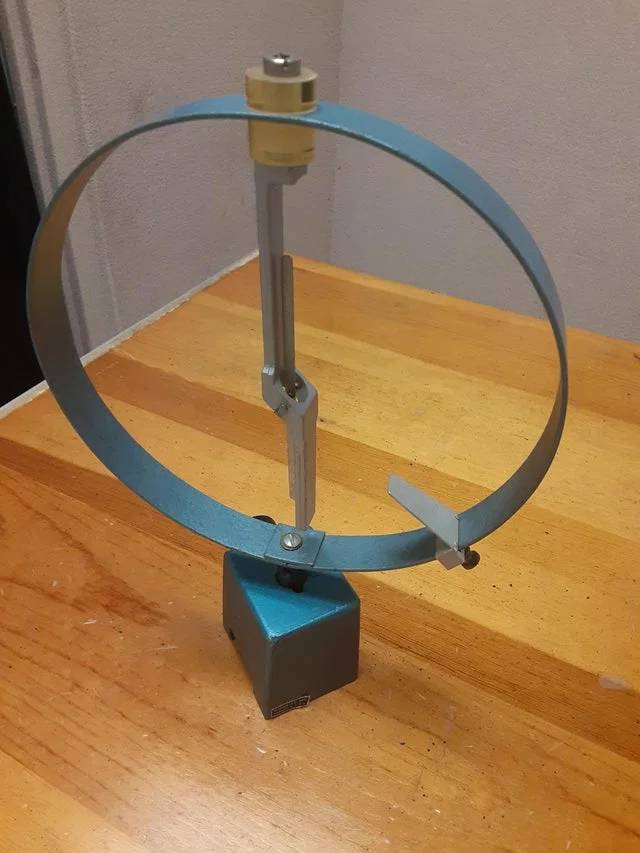



This. Learning to sharpen your knife by hand is not easy at first, but it's worth it.
It detects the presence of an electric charge.